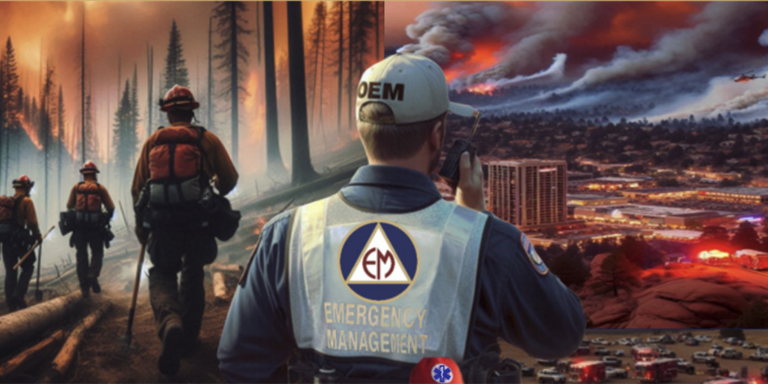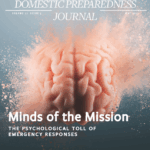
Archives

Agroterrorism is not new. Considered a subset of bioterrorism, it has become an increasing concern to the U.S. With so much of the agriculture sector in private hands, preparedness leaders must take extra steps to engage stakeholders and incorporate them into planning efforts.

The Forefront of Innovation in Training & Exercises: Disaster Gaming
February 12, 2025
Disaster wargaming may significantly change the future of tabletop exercises in emergency management and homeland security. Long used effectively to win and prevent wars throughout history, wargaming offers more realistic and engaging scenarios for emergency managers to prepare for real-world disasters.

Nonmedical Concerns for Hospitals in a Mass-Casualty Incident
January 22, 2025
Nonmedical concerns such as security and safety, unaccompanied minors, and governmental relations can adversely impact a hospital when responding to a mass-casualty incident. Failure to plan for these issues, including consequence management, could risk life and safety.

Evolution of a Critical Emergency Response Tool
January 8, 2025
During a derecho in May 2024, Texas agencies contacted and conducted wellness checks on residents with disabilities or with functional and access needs. One tool facilitated the process, sharing critical information about registrants to the emergency responders and planners who needed to know.

Advisory Board Spotlight: Interview with Robert DesRosier Sr.
November 6, 2024
Robert DesRosier Sr., former director of Blackfeet Tribal Emergency Management and Homeland Security, discussed his journey into emergency management with Domestic Preparedness Journal editor Catherine Feinman. Beginning with his career as a first responder and his role in the Blackfeet Nation, he highlighted the importance of domestic preparedness and

Advisory Board Spotlight: Keeping It Real With Lynda Zambrano
October 30, 2024
Lynda Zambrano is on the advisory board for the Domestic Preparedness Journal. Lynda is the executive director of the Northwest Tribal Emergency Management Council and the National Tribal Emergency Management Council, and has been inducted into the International Association of Women in Emergency Management’s Hall of Fame. She sat down with

Resilience-Based CI and Domestic Preparedness: A Long-Overdue Imperative
May 15, 2024
For decades, preparedness leaders have known and publicly warned about the rapidly growing and metastasizing threats to and exploitable vulnerabilities of U.S. critical infrastructure (CI). Ongoing iterations of the 1990s-era CI status quo (i.e., cybersecurity- and protection-focused efforts) have proven no match for the existing, much less looming, threats to

Dungeons and Disasters: Gamification of Public Health Responses
April 10, 2024
New technologies offer new ways to train personnel and exercise public health responses like COVID-19 and prepare response agencies for many other threats and hazards. Gamification integrates realistic scenarios in a controlled environment that can enhance community capabilities and build interagency collaboration and coordination. Learn more about this training and

Interoperability During Mass Casualty Incidents
April 3, 2024
During a mass casualty incident, response agencies must be able to communicate in real-time. This means that interoperability plans need to include everyone involved in the response. One lesson learned from past incidents is that hospitals are an often overlooked “responder.” Learn what one agency is doing to close this

The Evolution of Homeland Security Higher Education
March 27, 2024
After the terrorist attacks on September 11, 2001, homeland security education expanded to ensure that local, state, tribal, territorial, and federal agencies had the tools they needed to combat these threats. This academic leader shares how homeland security programs change to meet new challenges and evolving threats.





